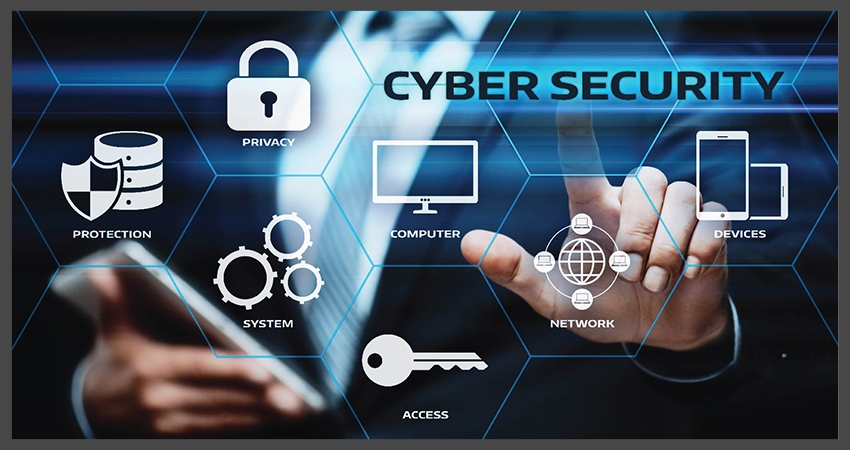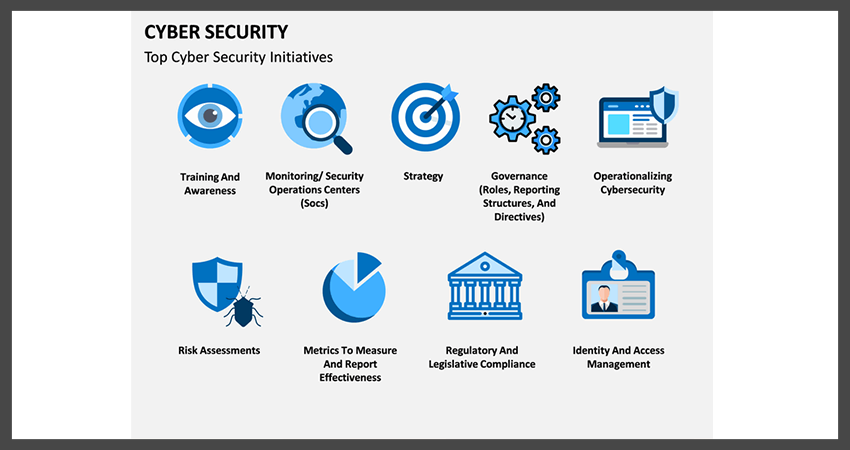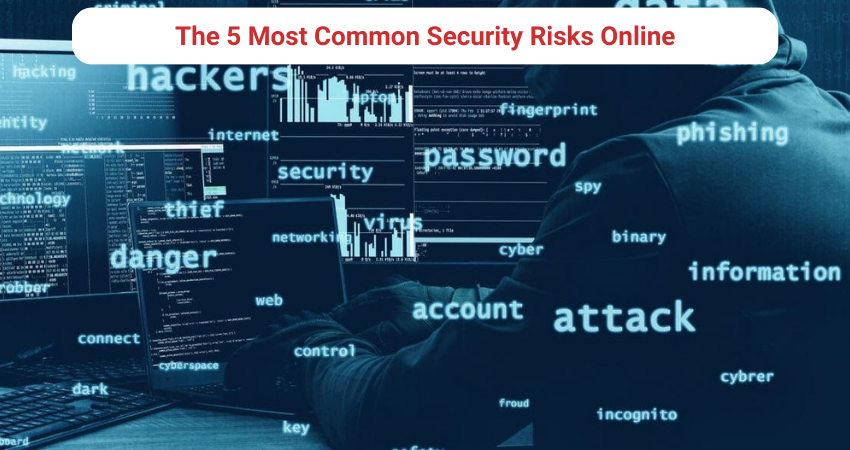The era of digital transformation has ushered in numerous benefits for businesses and individuals alike. However, this digital pivot has also opened Pandora’s box of various cybersecurity risks. These risks pose a serious threat to the confidentiality, integrity, and availability of our data. Let’s delve into the world of cybersecurity and understand these risks better.
The Cybersecurity Landscape
The cybersecurity landscape comprises of a vast array of threats that are constantly evolving. It’s a battlefield where the good guys are always trying to stay one step ahead of the bad guys. Given the growing reliance on digital systems and networks, understanding the different types of cybersecurity risks is crucial for everyone.
Why is Cybersecurity Important?
Cybersecurity isn’t just about protecting our computers or networks. It’s also about safeguarding our digital lives, including our sensitive data such as personal information, business data, and intellectual property. In the wrong hands, this data can be used for nefarious activities such as identity theft, financial fraud, and even cyberterrorism.
The Impact of Cybersecurity Breaches
The ramifications of cybersecurity breaches can be catastrophic. They can result in financial loss, damage to a company’s reputation, loss of customer trust, and even legal consequences. In some instances, cyberattacks can disrupt critical infrastructure and pose a threat to national security.
Delving into the Cybersecurity Risks

Here’s an overview of the most prevalent cybersecurity risk examples that pose a significant threat in the digital realm.
Malware
Malware, short for malicious software, is the most common type of cybersecurity risks. It refers to any software intentionally designed to cause damage to a computer, server, or network. The damage can range from stealing sensitive data to causing system crashes.
Phishing Attacks
Phishing attacks are deceptive practices that trick users into revealing sensitive information such as usernames, passwords, and credit card details. These attacks generally involve an attacker masquerading as a trustworthy entity.
Ransomware Attacks
A particularly insidious form of malware is ransomware. It involves an attacker encrypting a victim’s data and demanding a ransom for its release. This type of attack can cause significant disruption, especially to businesses and public services.
Social Engineering
Social engineering is a broad term that encompasses various strategies used by attackers to manipulate individuals into divulging sensitive information. This type of attack relies heavily on human interaction rather than sophisticated technical exploits.
Data Breaches
Data breaches involve the unauthorized access, disclosure, or use of sensitive information. They can result from both external attacks and internal threats such as employee negligence or malicious insiders.
A Deeper Dive into the Cybersecurity Risks

To better understand these cybersecurity risks, let’s delve deeper into each one and explore how they operate.
Unpacking Malware
Malware is a broad term that encompasses various forms of malicious software, including viruses, worms, Trojans, spyware, adware, and ransomware. Each type of malware has its unique characteristics and modes of operation.
Viruses
A computer virus is a type of malware that replicates itself by modifying other computer programs and inserting its own code. Viruses often spread through email attachments, software downloads, or malicious websites.
Worms
Unlike viruses, worms are standalone software that can self-replicate and spread without the need to infect other programs or rely on user action.
Trojans
Trojans are malicious programs that misrepresent themselves to appear useful, routine, or interesting to persuade a victim to install it. Once inside the system, Trojans can carry out malicious activities.
Spyware
Spyware is a type of malware designed to spy on users, collect their personal information, monitor their browsing activities, and even record their keystrokes.
Adware
Although not always malicious, adware can be intrusive and annoying. It displays unwanted advertisements on your computer and can also track your browsing activities to serve targeted ads.
Ransomware
Ransomware is a type of malware that encrypts a victim’s files. The attacker then demands a ransom from the victim to restore access to the data upon payment.
Decoding Phishing Attacks
Phishing attacks usually involve an attacker sending out deceptive emails or messages to trick recipients into revealing sensitive information. There are several types of phishing attacks, each with its unique tactics.
Email Phishing
This is the most common type of phishing attack. The attacker sends out fraudulent emails disguised as legitimate ones to trick the recipient into revealing sensitive information.
Spear Phishing
Spear phishing is a more targeted form of phishing where the attacker customizes their attack emails with the target’s name, position, company, work phone number, and other information to make the attack more convincing.
Whaling
Whaling attacks are even more targeted, aiming at senior executives and other high-profile targets within businesses, government, and other entities.
Understanding Ransomware Attacks
Ransomware attacks involve an attacker encrypting a victim’s data and demanding a ransom for the decryption keys. These attacks can be devastating, especially for businesses, as they can lead to significant data loss and downtime.
Crypto Ransomware
This type of ransomware encrypts valuable data on a computer so that the user cannot access it. The attacker then demands a ransom in exchange for the decryption key.
Locker Ransomware
Locker ransomware locks the victim out of their device, preventing them from accessing their applications, files, and even the entire operating system.
Navigating Social Engineering Attacks
Social engineering attacks rely heavily on human interaction and often involve tricking people into breaking standard security practices. It’s a crafty method used by attackers to exploit the human element of security.
Baiting
Baiting involves offering a false promise to pique a victim’s greed or curiosity. The bait is usually a false good, such as free music or movie downloads, that delivers malware onto the victim’s system when downloaded.
Scareware
Scareware involves tricking the victim into thinking that their computer is infected with malware, prompting them to install software that has no benefit (other than to the attacker) or is malware itself.
Pretexting
Pretexting involves creating a fabricated scenario (the pretext) to steal the victim’s personal information. This attack often involves a scam where the attacker pretends to need certain bits of information from the victim to confirm their identity.
Unveiling Data Breaches
A data breach is a security incident where unauthorized individuals access and/or steal sensitive information. Data breaches can have significant repercussions, from financial losses to reputational damage.
Physical Breaches
Physical breaches involve unauthorized access to physical records, such as files, documents, or computer systems. These are often the result of poor security practices or procedures.
Electronic Breaches
Electronic breaches involve unauthorized access to or theft of electronic data, typically stored on computers, servers, or other digital devices. These breaches often occur due to weak or compromised digital security measures.
Proactive Measures Against Cybersecurity Risks

Now that we’ve explored the various cybersecurity risks, let’s turn our attention to the preventive measures we can take to protect ourselves from these threats.
Protecting Against Malware
To protect against malware, it’s important to install a robust antivirus software on your devices and keep it updated. Regularly scanning your devices for malware and keeping all software up to date can also help prevent infections.
Preventing Phishing Attacks
To prevent phishing attacks, be wary of unsolicited emails, especially if they ask for sensitive information. Always verify the legitimacy of the email sender and be cautious of links and attachments in emails.
Guarding Against Ransomware Attacks
To guard against ransomware attacks, regularly backup your data and ensure your backups are not connected to your computers or networks. Keep your systems and software updated, and use a reputable security suite.
Mitigating Social Engineering Attacks
To mitigate social engineering attacks, educate yourself and your employees about these attacks and foster a culture of security. Be skeptical of any unsolicited messages or calls that ask for sensitive information.
Preventing Data Breaches
To prevent data breaches, secure your networks with firewalls and encryption. Implement strong access controls and regularly audit your security systems for any vulnerabilities. It’s also crucial to have a response plan in place in case a breach occurs.
Conclusion
The world of cybersecurity is complex and constantly evolving. Understanding the different cybersecurity risks and how to protect against them is crucial in today’s digital age. By staying vigilant, keeping our systems updated, and following best security practices, we can significantly reduce our exposure to these threats and ensure a safer digital environment for all.
Remember, knowledge is power. Stay informed, stay updated, and stay secure.





